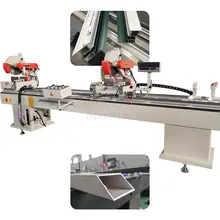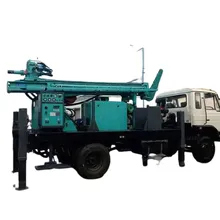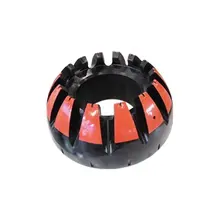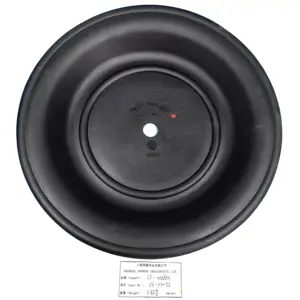Understanding Diaphragm Walls in Modern Construction
Diaphragm walls, commonly referred to as dwall construction, are a type of reinforced concrete wall constructed in the ground using under-slurry techniques. These walls serve as permanent retaining structures, often employed in congested areas for their minimal noise and vibration levels during construction. The diaphragm wall construction method is intricate, involving the excavation of a narrow trench that is maintained full of an engineered fluid until the wall is constructed.
Types and Applications of Diaphragm Walls
The versatility of diaphragm walls is evident in their various applications, from serving as diaphragm retaining walls in deep excavations to being integral components in the construction of tunnels, basements, and underground structures. One notable application is the diaphragm wall in dam construction, where they provide seepage control. Each type of diaphragm wall is designed to cater to specific ground conditions and project requirements.
Features and Advantages of Diaphragm Wall Construction
Diaphragm wall construction offers several features that make it a preferred choice in urban construction. The walls are constructed in a series of panels with the construction sequence of diaphragm wall being critical to ensure structural integrity. The method provides a robust solution for soil retention and groundwater control. Additionally, the concrete diaphragm wall is known for its high load-bearing capacity, making it suitable for complex projects.
Materials and Construction Techniques
The primary material used in diaphragm wall construction is reinforced concrete, often combined with a steel cage for added strength. Diaphragm wall reinforcement detailing is a critical step that determines the wall's ability to withstand earth pressures and loads. Advanced diaphragm wall equipment is utilized to ensure precision in the excavation and construction process, which includes a series of well-defined diaphragm wall construction steps.
Choosing the Right Diaphragm Wall Solution
Selecting the appropriate diaphragm wall requires understanding the soil properties, construction environment, and project-specific needs. The uses of diaphragm wall technology are vast, but it is essential to consider factors such as the depth of the wall, the presence of groundwater, and the proximity to existing structures. The rc diaphragm wall construction, a reinforced concrete wall, is particularly suited for deep and demanding conditions.
Diaphragm Wall Shoring and Stability
In addition to their use as primary retaining structures, diaphragm walls also function effectively as shoring systems, known as diaphragm wall shoring. This application is crucial for ensuring the stability of adjacent structures and the safety of the construction site. The stability of a diaphragm wall is influenced by factors such as wall design, construction quality, and the execution of the diaphragm wall excavation process.































 浙公网安备 33010002000092号
浙公网安备 33010002000092号 浙B2-20120091-4
浙B2-20120091-4